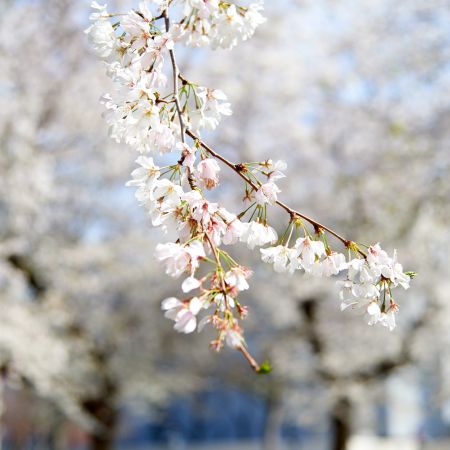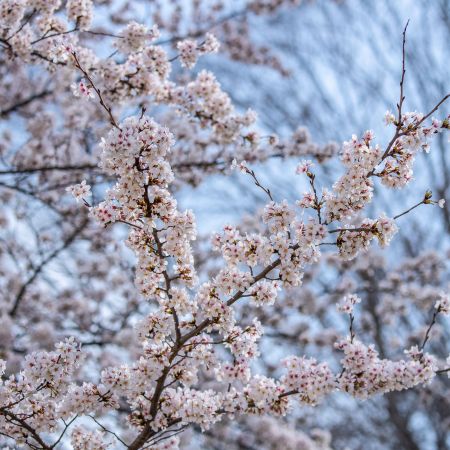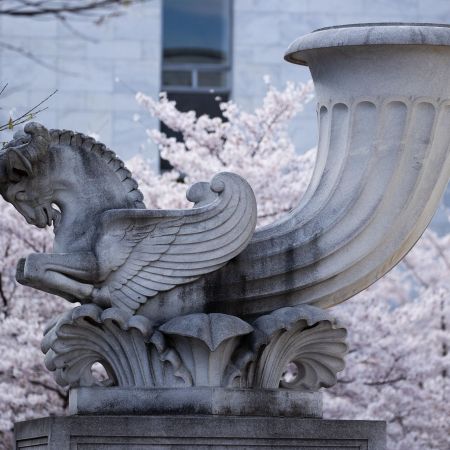A hybrid elm resulting from the crossing of the Wych elm (Ulmus glabra) and smoothleaf elm (Ulmus minor), Dutch elm trees were widely planted in Europe and North America due to their upright, vase-shaped form and tolerance of urban conditions. Several cultivars were developed for their resistance to Dutch elm disease, which devastated native elm populations in the 20th century.
Dutch elms typically have serrated, ovate leaves with an asymmetrical base and a dense, rounded canopy. Their adaptability and aesthetic appeal made them popular in streetscapes and parks that were designed by Olmsted.
There are two original Dutch elm trees still living on the U.S. Capitol campus today.
(Photos coming soon.)
About the Olmsted Originals
Landscape architect Frederick Law Olmsted's 1874 General Plan for the U.S. Capitol Grounds sought to create a setting to accentuate the monumentality of the Capitol Building. Approximately 45 of Olmsted's trees remain today, having endured more than a century of urban life on the front stage of American democracy.
Each tree has its own unique features and preservation challenges, and the Architect of the Capitol's arborists employ industry best management practices to ensure these trees are given the very best care to remain safely in the landscape for current and future generations to enjoy.




